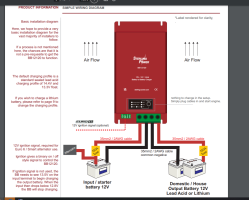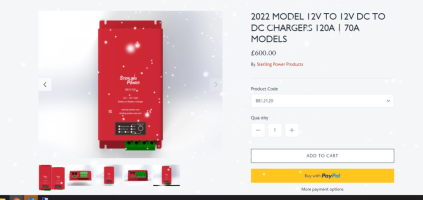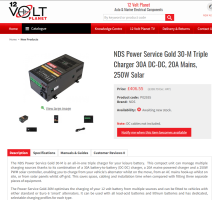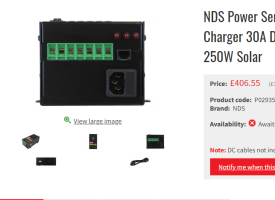Shunt? What is the rating of the shunt? 300A?
Again, what is the maximum theoretical drain you could take out of the batteries with everything turned on? Likely to be influenced most by the inverter as these start to take HUGE current draw when you get over say 700 watts, The cable size needed for a 3000W inverter was so big I couldn't fit it in the gap I had available, even just going from passenger to driver seat base, so I opted for a smaller inverter and resigned myself to be only able to run the microwave when on hook up.
Again, what is the maximum theoretical drain you could take out of the batteries with everything turned on? Likely to be influenced most by the inverter as these start to take HUGE current draw when you get over say 700 watts, The cable size needed for a 3000W inverter was so big I couldn't fit it in the gap I had available, even just going from passenger to driver seat base, so I opted for a smaller inverter and resigned myself to be only able to run the microwave when on hook up.














